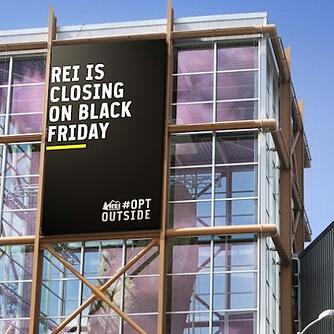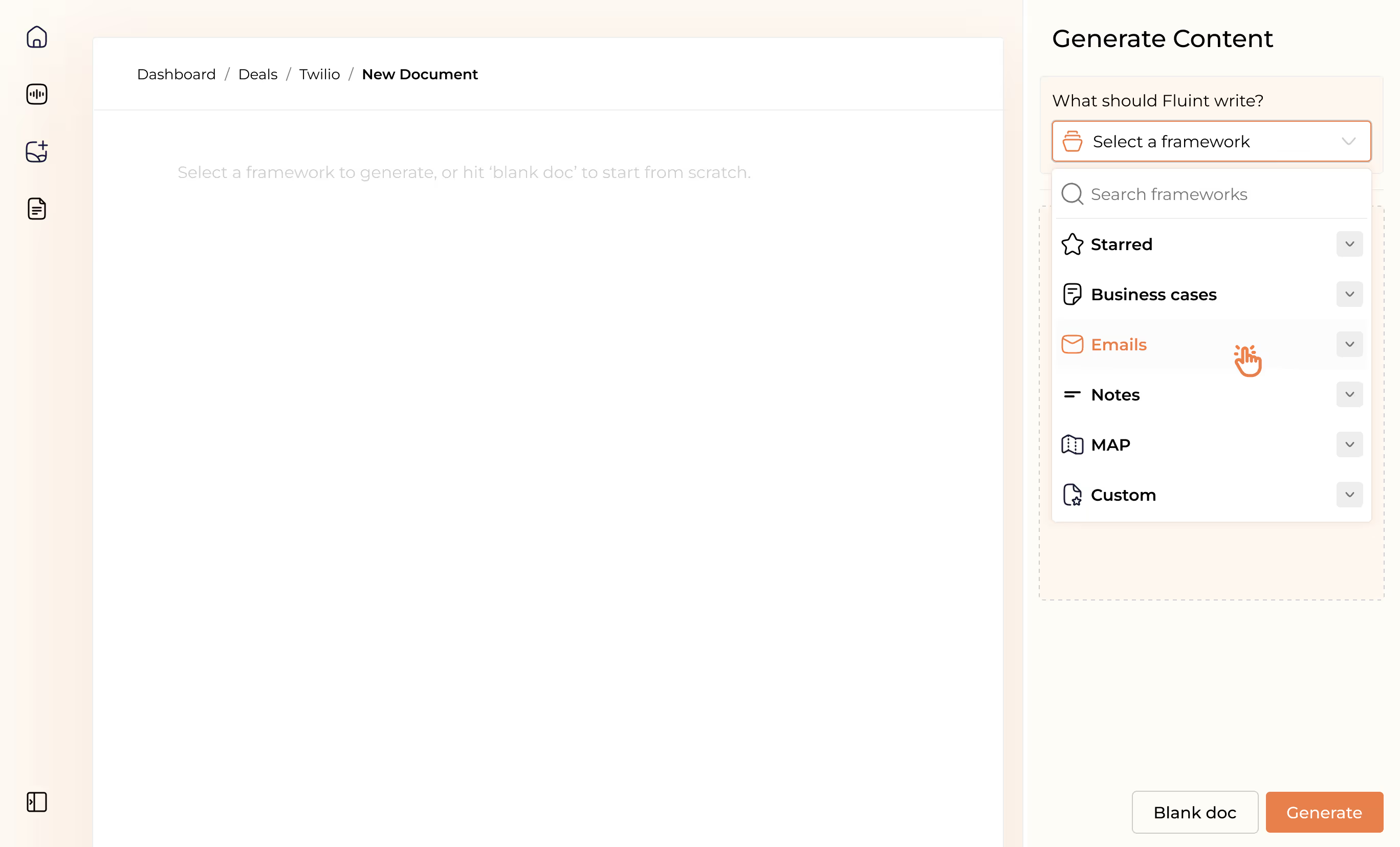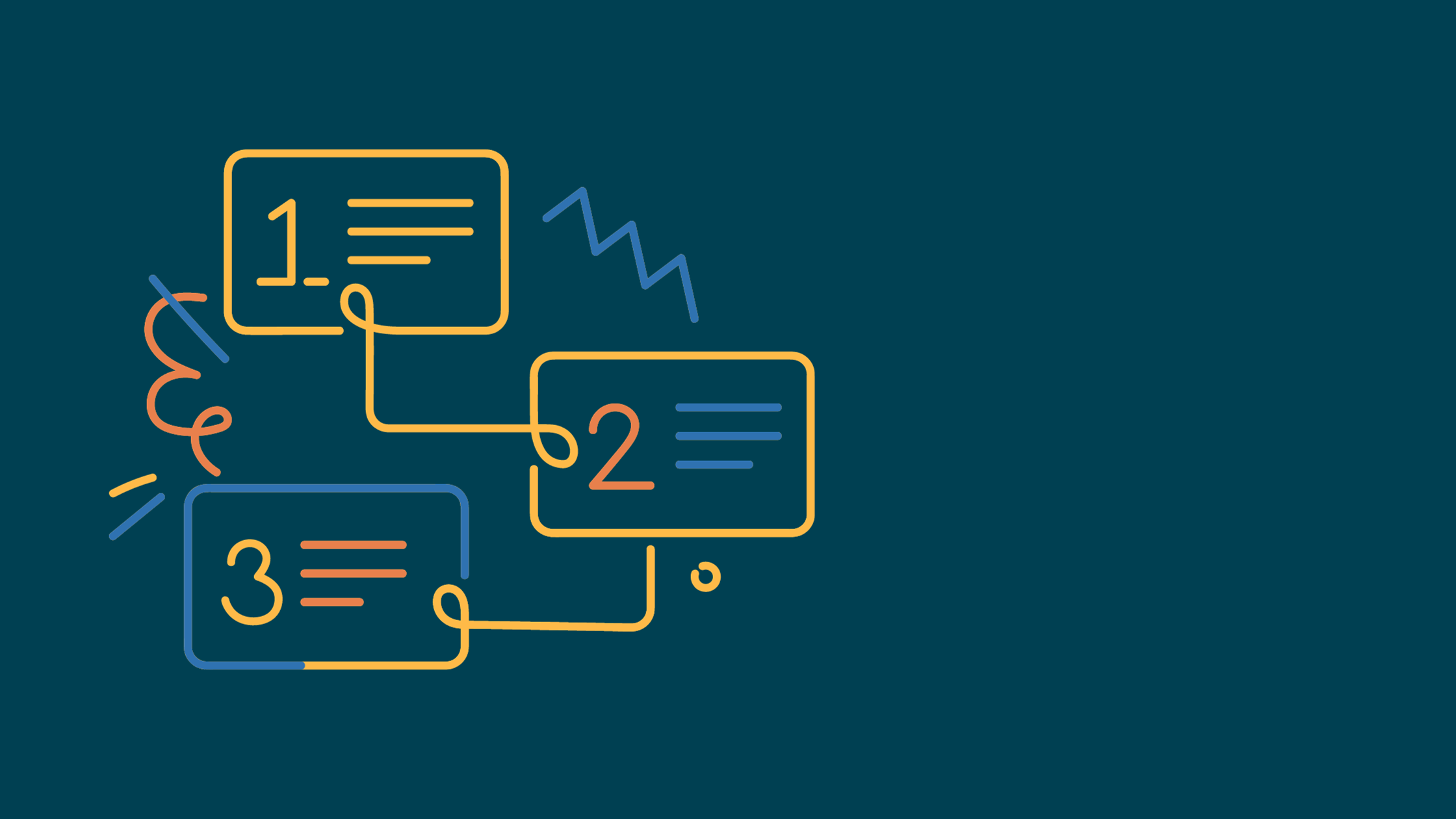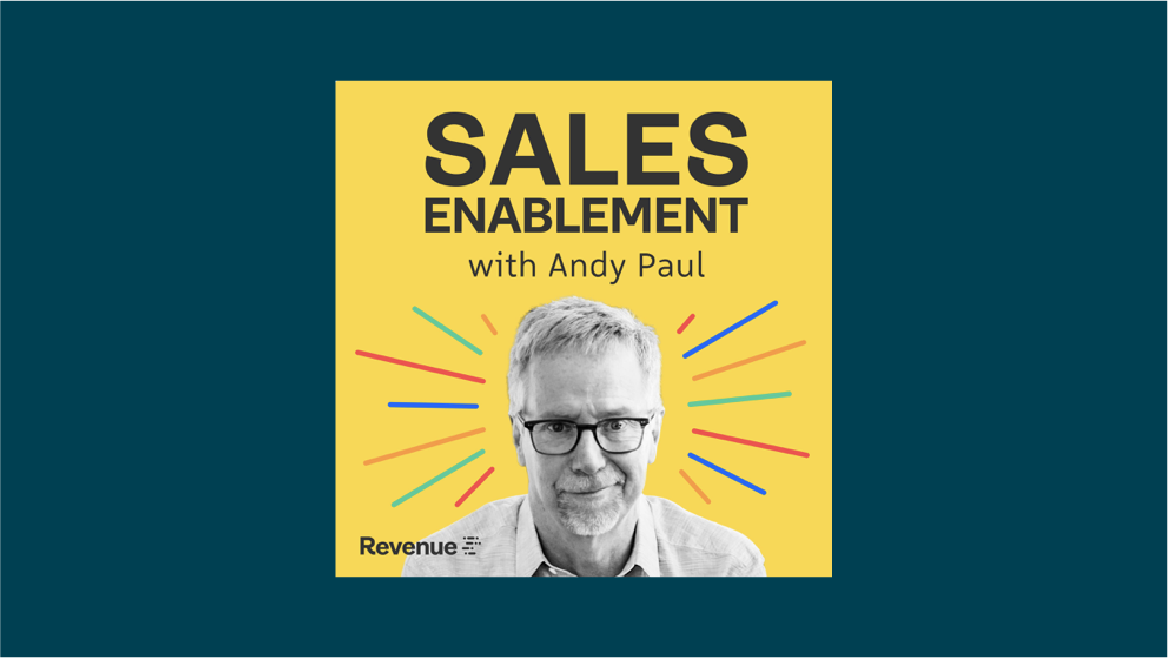The Secret to Better Battlecards: Villains & Heroes


Battlecards. All sales enablement teams make them. No playbook is complete without them.
There’s a major problem with battlecards, though.
Every time you use one, you’re fighting a feature war.
Top sellers do all they can to avoid feature wars. They know that anything can happen in a feature war. It’s too easy for you and your deal’s champion to lose control over the narrative.
For example, part of the buying team may decide that having the best “Feature X” in a non-negotiable. Now, your product may have far better “Features Y and Z,” and your champion may not feel that Feature X is that important. But, if the one who sided with Feature X has the loudest voice, or most influence, they’ll push the purchase in a new direction.
Don’t get me wrong. Well-crafted battlecards will make it seem like there’s no contest. For example, Lusha vs. Zoominfo looks like a no-brainer. Why would anyone buy Zoominfo?
Yet, if you’re not the true and uncontested market leader, there’s always the chance you’ll be outgunned by the competition. Don’t take that risk. Here’s the secret to a better battlecard.
The Ingredient to Battlecards Your Buyers Will Eat Up
In short, the best battlecards pivot the conversation away from the competition.
They don’t sell against the competition at all. Instead, they elevate the conversation into an entirely different realm. Into a fight as old as time — good versus evil, hero versus villain.
Here’s how it works, using Pizza as our first example.
The other night, my wife and I saw this Domino’s pizza commercial.
Now, if you were to name Domino’s competition, what comes to mind? Pizza Hut? Papa John’s?
Wrong. It’s food delivery services.
Orders through on-demand services like DoorDash, Uber Eats and GrubHub more than doubled during the pandemic. Which means that when you don’t want to cook or go out, you’re no longer limited to just a handful of options.
That’s a problem for Dominos. Their competition increased by 20X, or more. So, what did they do? They pivoted the conversation away from the competition (e.g. messaging faster delivery, warmer food, better ingredients).
They did this by naming their villain — delivery services.
If you watch the clip, you’ll hear from local restaurant owners who operate on razor thin margins. They talk about the fees delivery services take. They're the victims in this story of good and evil.
I felt a surprisingly strong sense of conviction after hearing Domino’s message. “I’m an entrepreneur. I always root for the little guy. I better start buying local, or Domino’s,” I thought.
This positioning turned my decision to order delivery into a moral issue. An issue of doing the right thing. And, it turned food delivery into an identity issue. “I’m someone who stands up for the little guy.”
Is all of this true? Are there benefits to delivery services that weren’t mentioned? Absolutely. But I wasn’t thinking about that. The pivot in messaging gave me a subtle, unspoken conviction.
How to Choose Your Villain Wisely
At Fluint, our villain is sales templates. They create all types of issues for buyers — see more on that, here.
So how do you choose your villain? There are two questions to start with:
- What’s the dream life your customer wants to live?
- What obstacle stands in the way, that you can help them overcome?
For example, it’s not, “bad project management software.” But it could be, “Giving clients late, sloppy work.”
Your answer should tell prospects exactly who or what is to blame for their struggle, and why.
So again, ask yourself:
- Who’s the villain we’re going to name?
- How are we setting up our buyer to become the hero?
Choosing the right villain has the power to pull yourself out of a feature war, and invite your buyer’s team into a far more compelling experience. A fight for good. A hero’s life.
Examples of Good & Evil at Play

Here's one more example from the consumer sector. I love the outdoors, and I buy all my gear from REI.
Why? Because their villain is anything that prevents you from spending more time outside. Corporate greed, for example.
Some of the classic examples from the B2B world to consider include:
Drift, who fights for a world with no more email forms. Forms prevent conversations, which humans are designed for.
Salesforce, who made a name for themselves by fighting against installed software. They pioneered a world of SaaS, where all parts of the software are maintained for you.
Zuora, who fought for a subscription-based lifestyle (enabled by their billing software), by fighting against ownership. Which comes with expense and hassle, not flexibility.
Gong, who fights against opinions that aren't rooted in data. In contrast to opinions is “reality.” Who could say no to reality?
Zoominfo, who first fought against lead research, which pulls sellers away from outreach and lead generation. The job they want to be doing.
In summary, don’t compare your features to the competition's. Pivot to a higher-level conversation by naming a villain, and inviting your buyer to become the hero.
FAQ's on:
Why stop now?
You’re on a roll. Keep reading related write-up’s:
Draft with one click, go from DIY, to done-with-you AI
Get an executive-ready business case in seconds, built with your buyer's words and our AI.

Meet the sellers simplifying complex deals
Loved by top performers from 500+ companies with over $250M in closed-won revenue, across 19,900 deals managed with Fluint

Now getting more call transcripts into the tool so I can do more of that 1-click goodness.



The buying team literally skipped entire steps in the decision process after seeing our champion lay out the value for them.


Which is what Fluint lets me do: enable my champions, by making it easy for them to sell what matters to them and impacts their role.








